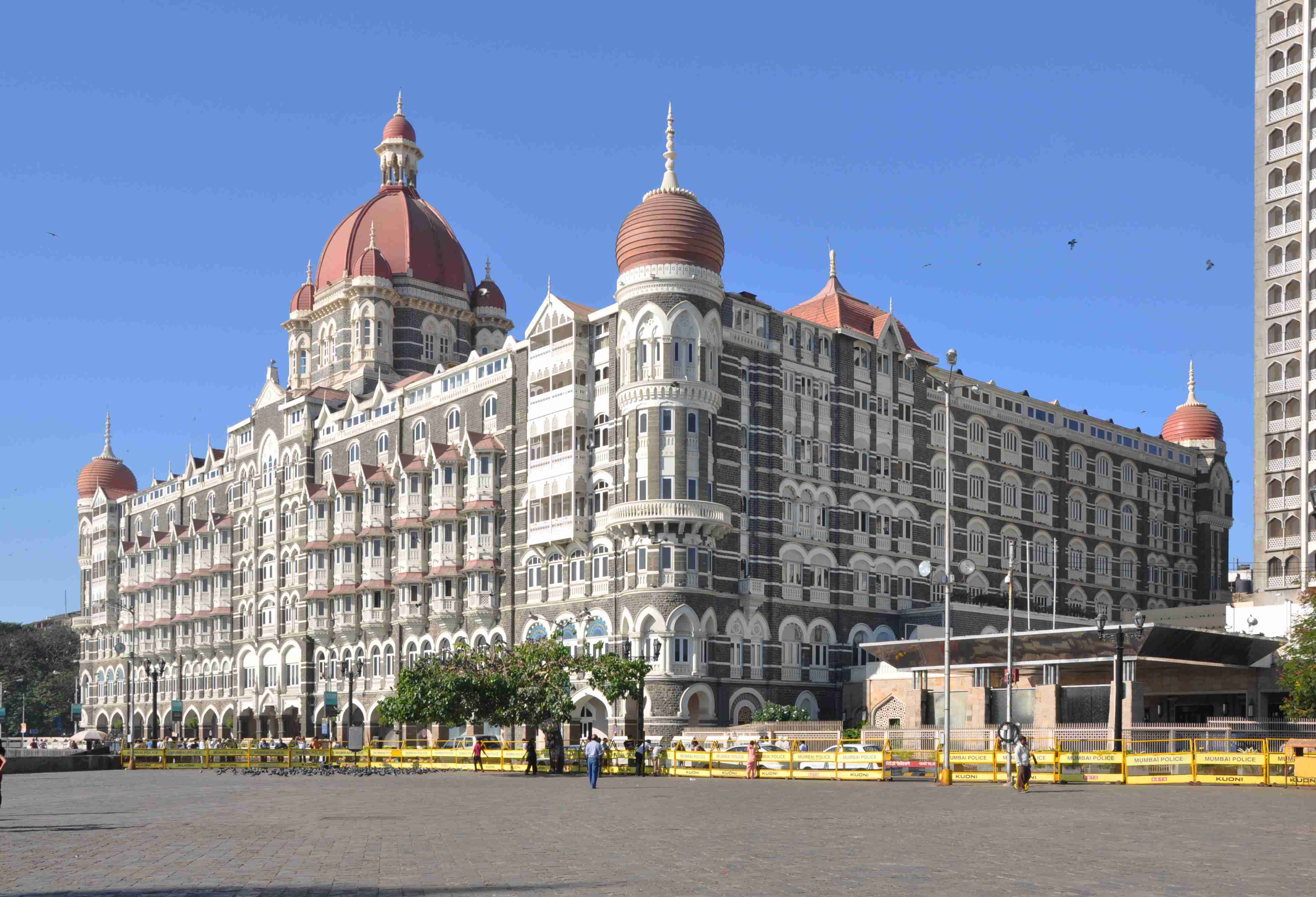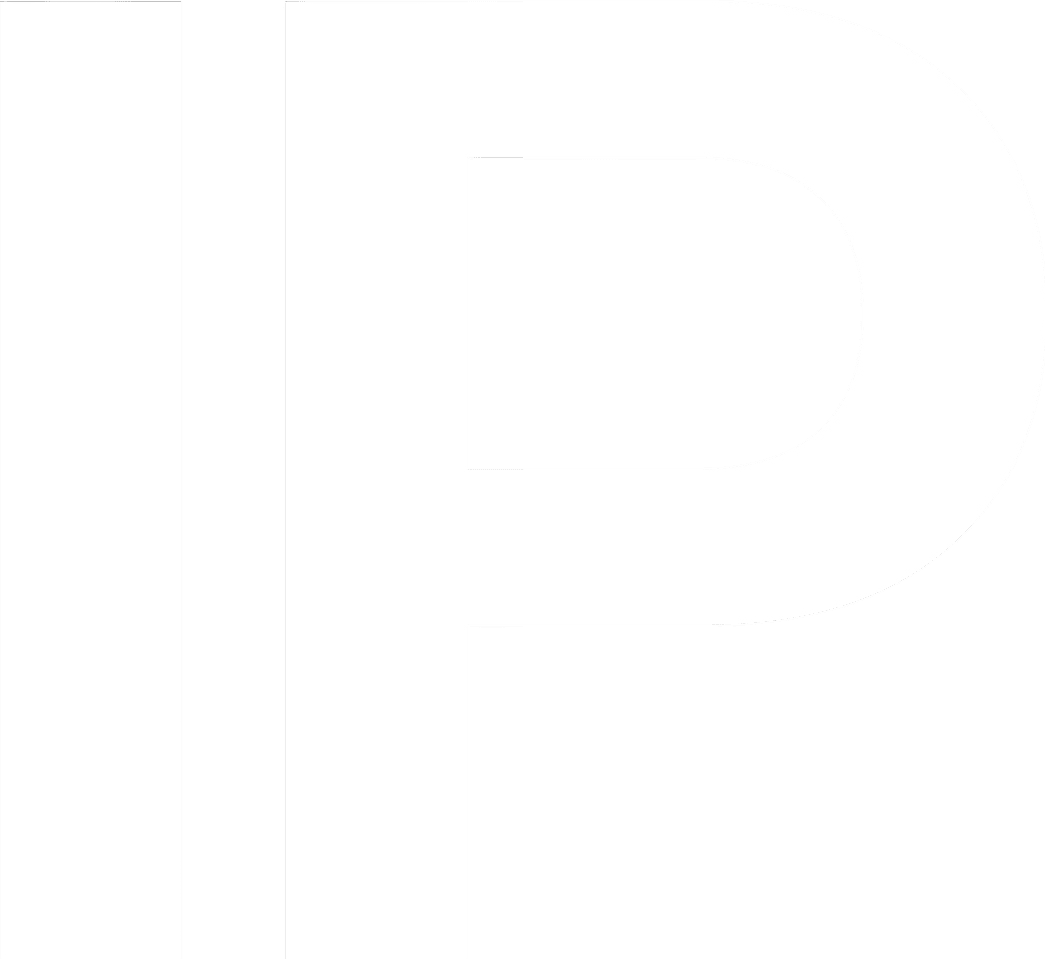
The concept of trademarking buildings began in the United States. Owners of such a trademark have the exclusive right to use the trademark of the building in order to market their goods and services. Some examples in the United States include the Empire State Building in New York, the art deco spire of the Chrysler Building and the façade of the New York Stock Exchange etc. However, this idea is not restricted to the U.S. The Eiffel Tower in France and the Sydney Opera House are also trademarked buildings.
On the 19th of June 2017, history was written in India by the Indian Hotels Company Limited (IHCL) when they received protection for the exterior design of the Taj Mahal Palace Hotel- a building which has been an intrinsic part of Mumbai’s aesthetic appeal since the year 1903.
Why Protect Buildings At All?
There are two reasons why buildings need to be protected at all:
1. The design of the building may be unique and this serves, among other things, as a cultural representation and hence, it must be protected
2. To protect the building from what is known as ‘copycat architecture’- the practice of replicating architecture exactly or almost exactly
There are two requirements which have to be fulfilled in order for a building to be eligible for trademark:
1. The building must be capable of being graphically represented
2. The building must be capable of indicating the source of the goods and services
Granting a trademark for a Building: A Violation of the Common Man’s Right to Culture and Heritage?
The granting of the trademark for Mumbai’s Taj Mahal Palace has been largely celebrated, a lesser asked question is whether or not this trademark has somehow violated the rights of the common man- the citizen’s- towards their culture and heritage?
One particular objection to the trademark is that other sellers who wish to use the building for marketing other goods will not be permitted to do so without prior permission from the owner and the payment of royalties. For example, a producer of T-shirts which represent the city of Mumbai may want to use the building as representing Mumbai’s skyline. However, he cannot do so due to the trademark. Unlike copyright law, trademark law does not contain any option of “fair use”.
The right of a common person to his heritage is important. It is necessary to determine if the grant of the trademark is a violation of those rights.
In the general scheme of things, the grant of the trademark may be justified. The Taj Mahal Palace, though old and part of Mumbai’s culture, is a private building which does possess unique features. There are several other buildings which may be used to represent Mumbai’s skyline.
Conclusion
The concerns of the opponents of the grant of a trademark are valid. However, in this particular case, the trademark registration is not violating any right to the extent that there are no alternatives. Also, the registration of this trademark is important in the sense that it serves as an indication of the development of the law of trademark in India.
